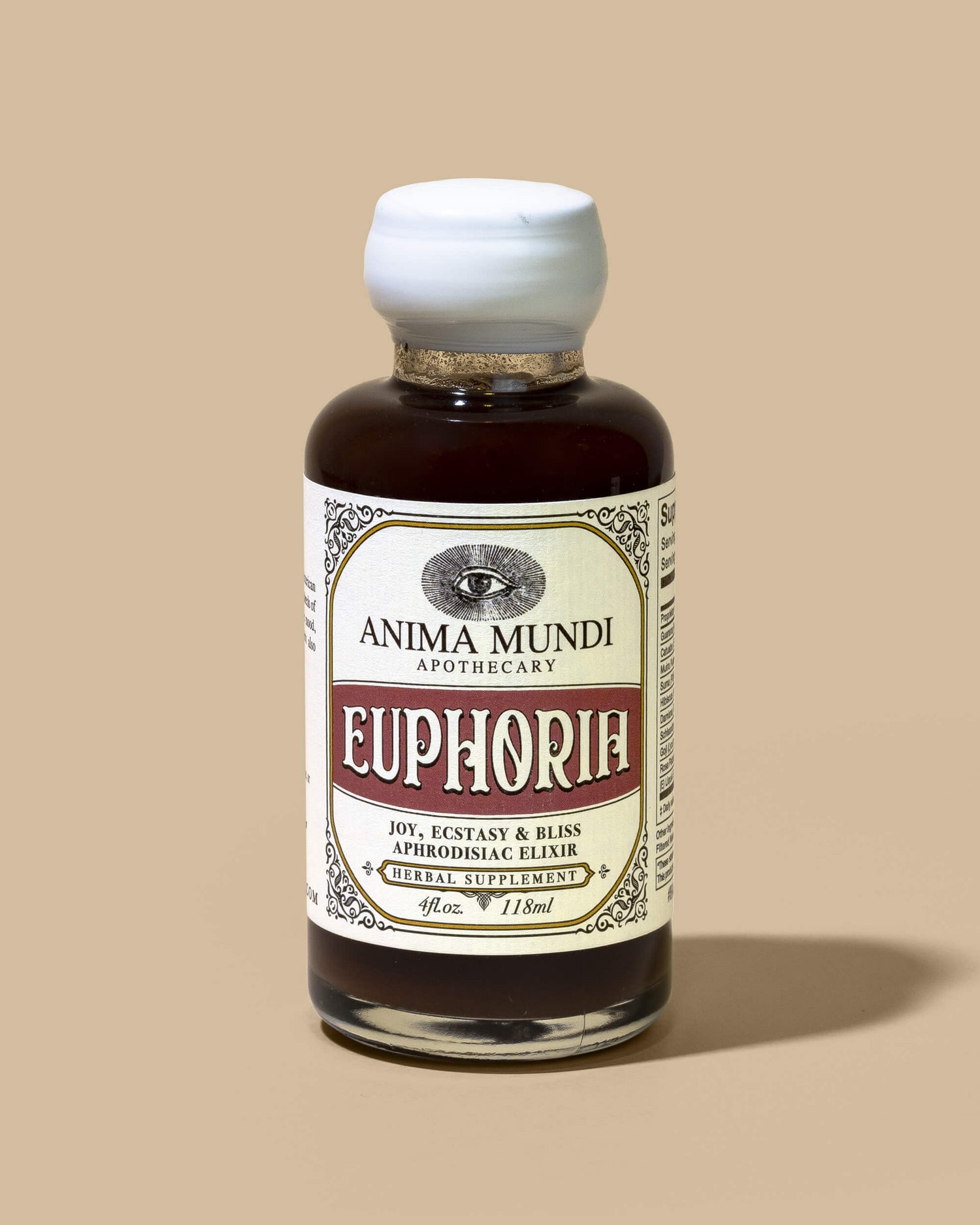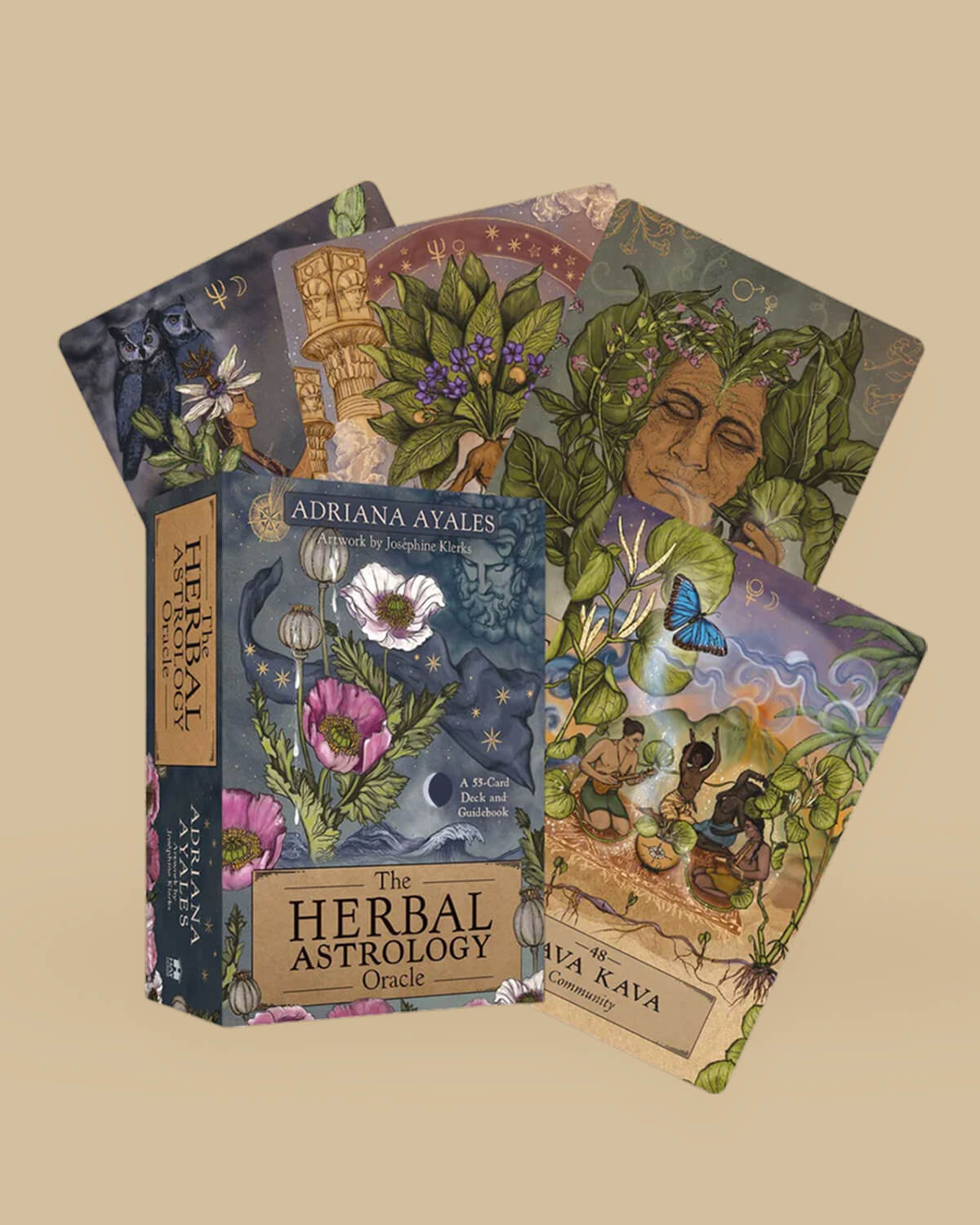“Warriors can never make a bridge to join the people of the world. But, if people desire to do so, they have to make a bridge to join warriors.”
As we enter mid-September, we’re celebrating LatinX Heritage Month a.k.a. Hispanic Heritage month (official government designation) with a love letter to the diaspora. We’re featuring key herbs, healers, literature, and other contributions from Mexico, the Caribbean, Spain and Central and South America to plant-based healing.
Getting to know these essential LatinX herbs and herbalists offers a window into the rich Latinidad that spans much of the Americas, but is often overlooked in the history of global healing practices. If, like us, you’re curious about Latin American herbs and plant medicines, below we’ve compiled some info that can offer a great starting point.
By uplifting our ancestors and the current curanderismo practitioners throughout the world, we hope our Anima Mundi community will seek out ways to continue learning about this diverse legacy. Whereas Traditional Chinese Medicine (TCM) and Ayurveda offer frequent ingredient staples in the wellness space—including in our apothecary!—LatinX peoples’ knowledge of Madre Tierra continues to prove equally important to our shared futures. Here are some treasures from the Latin American pharmacopia to help people heal, manage pain, have better sex, and much more!
3 LATINX DIASPORA HEALERS NOT TO BE FORGOTTEN

Known as the “Wizard of the Upper Amazon” and a famed Peruvian vegetalista, Manuel Córdova-Rios is said to have been captured by a native tribe in the Amazon forest, where he then lived for seven years. The tribal knowledge he acquired there included a review of medicinal plants, hunting skills, and leadership. Later in life, he was recognized as a healer (curandero) throughout the Americas—and eventually, globally—based on what he learned from the village chief. Like others on this list, what he saw as his duty came across in simple language: “I could never turn suffering people away when I had it in my power to help,” he said. This is what made Córdova-Rios share what he knew with the widest possible audience, but also what drew divided opinions about the authenticity of his practices. One takeaway from the healer’s story, which has been called into question and also celebrated: to truly know the people and the plants of a place, you have to spend time with them. Reading secondhand accounts only gets us part of the way; much of Latin America’s medicinal plant knowledge can only be gleaned through firsthand experience.
Faena Aleph writes, “Known as the ‘priestess of mushrooms’, she was probably the most famous Mexican healer to have ever lived.” Born in 1894, a member of the Mazatec ethnic group in southern Mexico, her father’s family was part of a lineage of shamans. At the tender age of eight, it is rumored that she first tried mushrooms and intuitively gained the knowledge of the niños santos (“holy children”), their rituals and healing power. Her own legacy was convoluted by her openness to share the Mazatec customs with the world, as documented in Life magazine in 1957. Some felt her openness did more harm than good, as the outsiders who profited and benefited from, commodified, etc. her wisdom did not always uphold her community’s ancestral traditions with due reverence. Her journey is a cautionary tale of sorts; we must actively respect the people, cultures, and places where the plants that help us maintain and improve our collective health are indigenous.
Now over 50 years in print, The Teachings of Don Juan, still resonates with millions of readers worldwide. “An old Indian of the Mexican Yaqui ethnic group” is at once the teacher, the subject, and “a profound connoisseur of the properties of the plants and fungi of the region,” writes El País. As told to anthropologist Carlos Castaneda, the lessons of this elder “warrior” (as he refers to himself) have positively influenced generations of seekers. Octavio Paz wrote that the work begins as “an ethnographic work” but, after a few pages, “becomes the story of a conversion.” Though Castaneda’s books about the Yaqui shaman have garnered attention and controversy in equal parts, the wisdom Don Juan imparted to the author has had a lasting impact on both popular culture and spiritual texts.
7 ESSENTIAL RAINFOREST HERBS

1. CHANCA PIEDRA (Phyllanthus niruri)
Origin: The Amazon rainforest
Used for: Expelling stones, supporting kidneys, relieving pain, fever and inflammation, detoxifying liver, killing viruses, reducing spasms, treating malaria, and more
About: This “stone breaker”, as the Spanish translation indicates, has been used throughout traditional medicinal systems in South America for generations. Hailing from the Amazon rainforest, its potential to treat and prevent various types of kidney stones have been affirmed by clinical studies. Check out our lemonade recipe, and read more here.
2. CACAO (Theobroma cacao)
Origin: Central South America, and the West Indies
Used for: Antiseptic, diuretic, parasiticide, vulnerary, emmenagogue, and more
About: Did you know Theobroma cacao means “Food of the Gods”? With 40 times more antioxidants than blueberries and an amazing ORAC score of 98,000 per 100 grams (blueberries have 2,400). ORAC scores measure the ability of antioxidants to absorb free radicals from pollution and toxins in our environment. These can cause cell and tissue damage and lead to diseases like cancer. Loaded with magnesium (essentially for a healthy heart), cacao is the highest plant-based source of iron known to man. Read more here.

3. GUARANÁ (Paullinia cupana)
Origin: The Amazon (particularly the regions of Manaus and Parintins)
Used for: Stimulating, increasing energy and libido, enhancing memory, relieving pain, killing bacteria, thinning blood, fighting free radicals, soothing nerves, and more
About: The medicinal uses of this plant by indigenous people predates the discovery of Brazil. South American Indian tribes (especially the Guaranis, from whom the plant’s name is derived) dried and roasted the seeds, and then mixed them into a paste with water. The resulting energy drink is both chocolatey and medicinal. Read more here.
4. MULUNGU (Erythrina mulungu)
Origin: Indigenous to Brazil, parts of Peru, and other tropical areas in Latin America
Used for: Relieving pain, reducing anxiety, calming nerves, supporting liver, and more
About: Mulungu has a long history of use by indigenous Amazonian tribes as a natural sedative, to calm an overexcited nervous system, and to promote restful sleep. In both North and South American herbal medicinal systems, mulungu is considered an excellent aid for mood disorders, chronic stress, and other nervous system problems, including insomnia, anxiety, and even epilepsy. Read more here.
5. JERGON SACHA (Dracontium loretense)
Origin: South and Latin American tropics; D. asperum is more prevalent in the rainforests of Brazil, Suriname, and Guyana, while longipes, loretense, and peruvianum are typically found in the Peruvian, Ecuadorian, and Colombian rainforests (Source: Rain-Tree).
Used for: Killing viruses, neutralizing venom and toxicity, expelling worms (anti-parasitic), reducing inflammation, stimulating immune system, and more
About: Jergón sacha is one of the more unusual and interesting rainforest remedies from the Amazon. Its “signature plant” status as a snakebite cure is well known and regarded throughout South America. It has also been used internally for asthma, menstrual disorders, and whooping cough in Brazil, and for HIV and AIDS in Peru. Read more here.
6. SUMA (Pfaffia paniculata)
Origin: Indigenous to the Amazon basin, as well as other tropical parts of (southern) Brazil, Ecuador, Panama, Paraguay, Peru, and Venezuela
Used for: Adaptogenic, energizing, hormone regulating, stimulating (non-caffeinated), libido boosting, cardio supporting, and more
About: “In South America, suma is known as para todo”, or “for all things” (Source: Leslie Taylor), and also as Brazilian ginseng. A general cure-all, indigenous peoples of the Amazon region have long used suma root for sexual and whole body health. Increasing the body’s resistance to negative external influences, it can normalize and restore numerous physical functions. Read more here.
7. DAMIANA (Turnera aphrodisiaca)
Origin: Mexico, Central America, the West Indies, and parts of South America
Used for: Aphrodisiac, antidepressant, anti-anxiety, tonic (balances, tones, strengthens bodily functions overall), treating erectile dysfunction/sexual stimulant, and more
About: In the ancient Mayan civilization, damiana was first recorded as an aphrodisiac over 100 years ago. First reported by a Spanish missionary, the Mexican Indians have long brewed damiana teas with the intention of enhancing sexual abilities, and to treat ailments ranging from ulcers to menstrual irregularities. Read more here.
BONUS: LATINX HERITAGE MONTH READING LIST!
For those itching to know even more about LatinX remedies and plant teachers, check out our top picks for impressing your September and October book clubs. Reading one of these eight titles already? Tag us on Instagram @animamundiherbals to share with the community which of these books resonated most with you. ¡A su salud, familia!
Duke’s Handbook of Medicinal Plants of Latin America
Healing with Herbs and Rituals: A Mexican Tradition
Amazonian Ethnobotanical Dictionary
Also, in case you missed it: 10 LATIN AMERICAN HERBS USED TO FIGHT THE CORONAVIRUS AND Our very own Costa Rican herbalist, Adriana Ayales, talks about the best Latin American remedies for bugs - read it here.
A brief note on our use of LatinX: Like the University of Oregon and many others striving to invoke more inclusive language, in this post, we’re honoring the “culturally preferred and more appropriate term of LatinX Heritage Month,”, which relates “to people of Latin American origin or descent and is used as a gender-neutral or non-binary alternative to Latino or Latina.”














